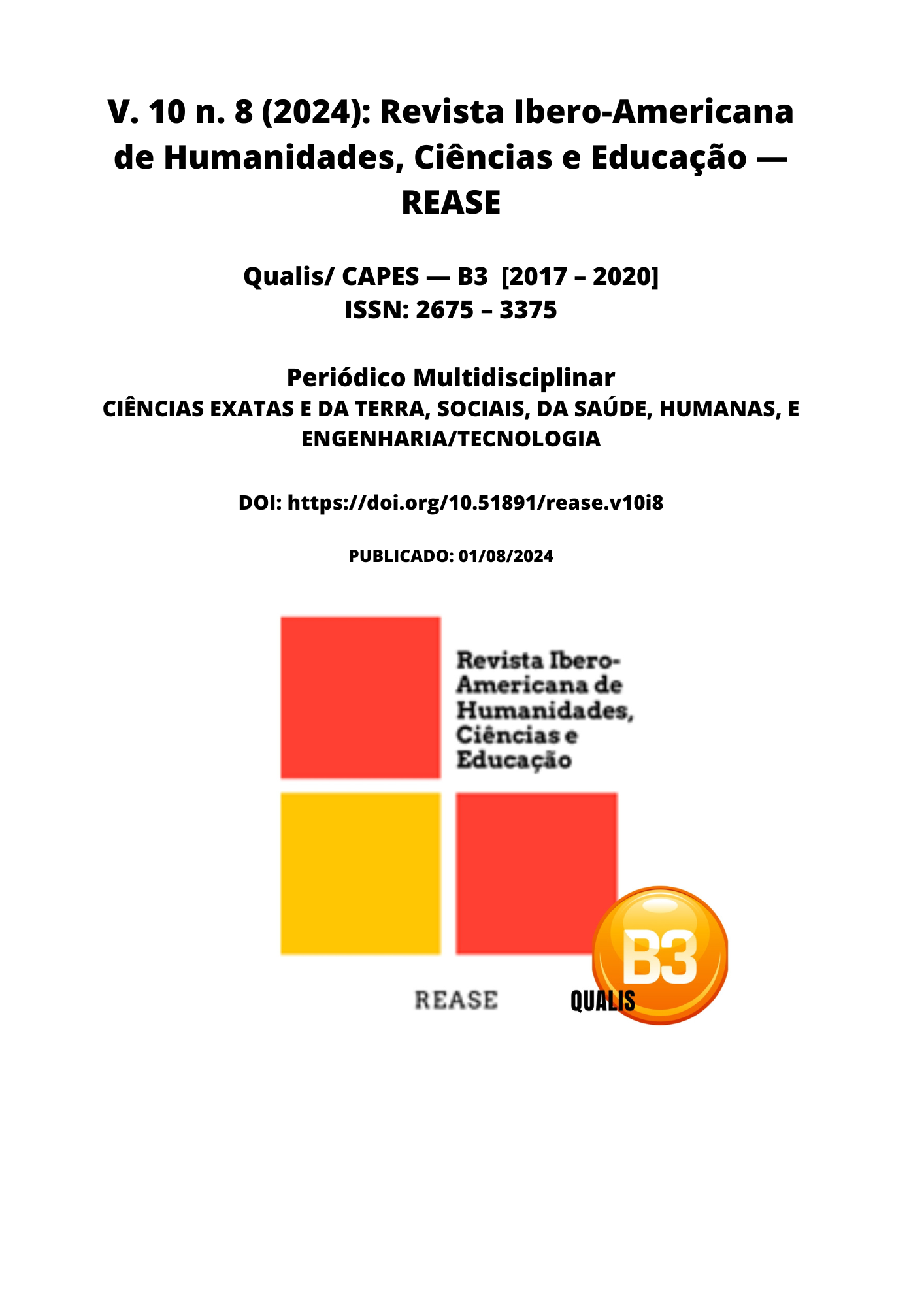THE INSTITUTIONAL PSYCHOPEDAGOGIST RELATIONSHIP AND THE SCHOOL COORDINATION: A LITERATURE REVIEW
DOI:
https://doi.org/10.51891/rease.v10i8.15251Palabras clave:
Institutional Psychopedagogy. School Coordination. Learning.Resumen
The field of action of the psychopedagogue can happen in the clinical sphere and in the institutional sphere, when the clinical psychopedagogue acts, he does not walk directly with other professionals within his clinical space, his interventions only fit his performance with his learner. When we turn our attention to the performance within a school institution, the psychopedagogue needs to walk hand in hand with different professionals who work in this space so that students in this space can be understood and receive the necessary assistance that is guaranteed by law. The present work seeks to understand the importance of how the relationship between the instructional psychopedagogue and the pedagogical coordinator influence student learning. The methodological steps chosen to carry out this work are qualitative, arising from the literature review, aiming to understand the importance of this relationship from the perspective of theorists. Finally, we emphasize the importance of continuing research in this area so that we can deepen the role of the coordinator working together with the psychopedagogue within school spaces, since the perspective of the psychopedagogue is not restricted to his relationship with teachers and family of the learner. Expanding the perspective of relationships is extremely important for the psychopedagogical class to be heard and accepted within institutionalized spaces.
Descargas
Descargas
Publicado
Cómo citar
Número
Sección
Categorías
Licencia
Atribuição CC BY

